
Sustainable Sidekicks Approach
Our approach to engage & change

1. Segment people into relevant groups

3. Research the barriers and motivators to change
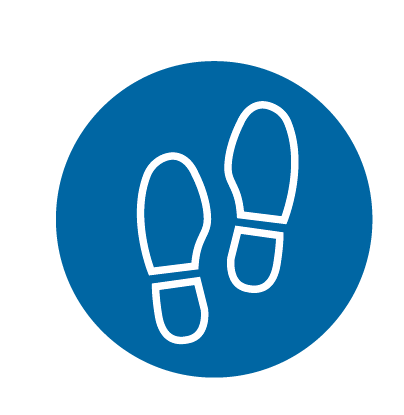
5.Trial

2. Get specific on the behaviour

4. Devise an initiative
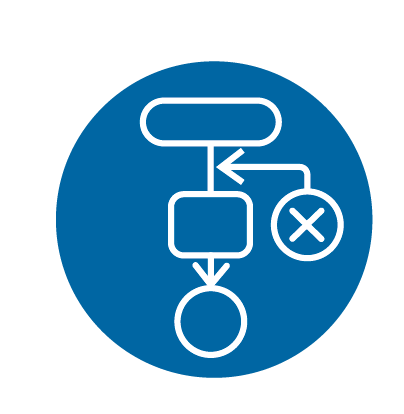
6. Learn and iterate


Audience segmentation
We segment target groups using the most appropriate categorisation approach:
- Demographics
- Existing segmentation tools
- Existing behaviours

The Seven Segments of Britain by More in Common
This is because people have different barriers and motivators to change. Once we understand these we can identify the most appropriate solutions rather than assuming one solution for everyone.


Get specific on the behaviour
Low carbon travel is not a behaviour.
Walking, cycling and getting the bus are all different behaviours with different barriers and motivators.
Cycling to work, the gym and for a family outing are all different behaviours with more different and motivators.
We get specific to identify which behaviours to explore, barriers, and identify the behaviours that are most likely to engage your target audience.


Research the barriers and motivators to change
Before developing a solution, we need to understand the real barriers to change.
Our research services identify these through:
- Literature reviews on existing research and insights
- Interviews with stakeholders
- Observations of people within the environment


Devise an initiative
The schools of behavioural science provide us with frameworks and tried and tested mechanisms to develop initiatives that go beyond education.
We develop initiatives that address the barriers and insights from the research phase.
We always consider:
- Reducing the friction and barriers caused by infrastructure
- Making the behaviour as socially acceptable and normal as possible
- Communicating positively to reinforce the desired behaviour
We work with these frameworks
EAST
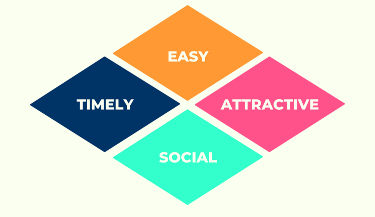
ISM
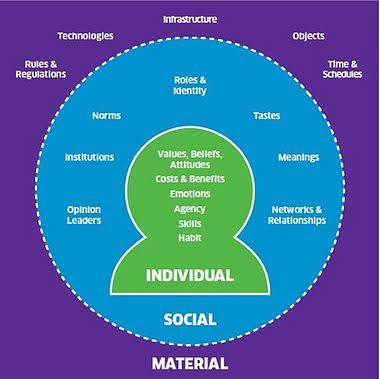
COM-B
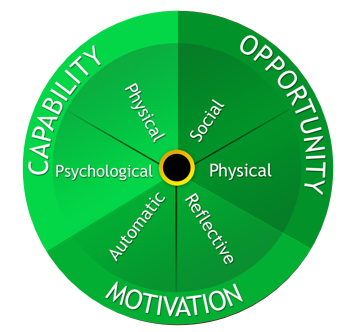
SOCIAL PRACTICE THEORY
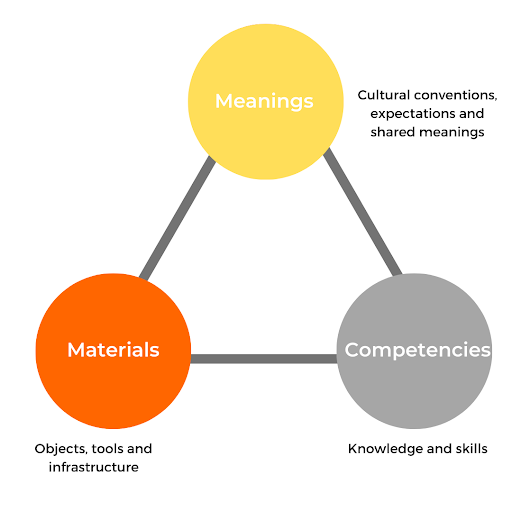
After an ideation session we identify where you can have most impact by understanding where you have:
Control, Influence and Concern


Trial
As human behaviour is not always logical trials are recommended.
Giving something a trial demonstrates how your target audience will interact with your initiative and which behavioural mechanism is most effective.


Learn and iterate
During a trial we would work with participants to learn from their experiences and make recommendations for tweaks and new iterations of an initiative.

Interested to how this approach can improve the impact of your work?


